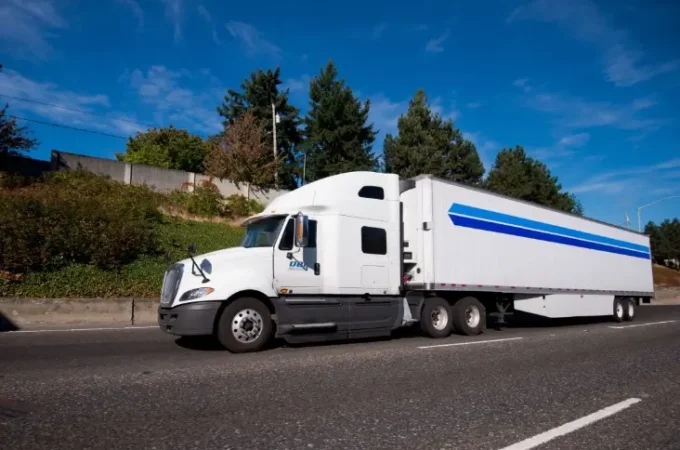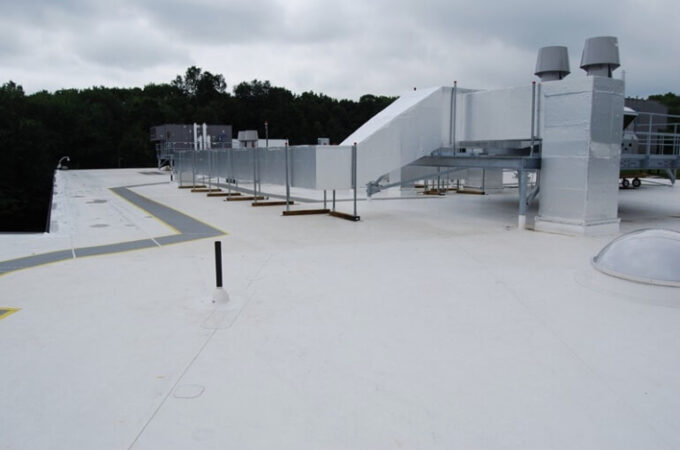
Are Elevator Doors Fire Rated?
Introduction
Elevator doors are a common feature in buildings, providing easy access to vertical transportation. But have you ever wondered about their safety features, particularly in the event of a fire? Elevator doors play a crucial role in building safety, and their fire rating is a vital aspect that should not be overlooked. In this article, we will explore the concept of fire-rated elevator doors, their significance, and the regulations governing their installation.
Understanding Fire-Rated Elevator Doors
Fire-rated elevator doors are specially designed doors that are installed within elevator shafts to prevent the spread of fire and smoke between different floors of a building. These doors are an integral part of the fire protection system in many structures and are essential for ensuring the safety of occupants during a fire emergency.
Significance of Fire-Rated Elevator Doors
- Fire Containment: These, when properly rated, act as a barrier to contain fires within a specific area, typically the floor of origin. This containment prevents the rapid spread of flames and smoke, giving occupants more time to evacuate safely.
- Safe Evacuation: In tall buildings, elevators are often the quickest way to access safety during an emergency. Fire-rated elevator doors ensure that elevators can be used for evacuation without posing additional risks to occupants.
- Firefighter Access: These doors also provide firefighters with a controlled means of accessing various floors during firefighting operations. They can use elevators to reach the fire floor and carry out rescue operations more efficiently.
Regulations and Standards
Fire-rated doors on elevators are subject to stringent regulations and standards to ensure their effectiveness in fire protection. These regulations vary from region to region, but they typically include the following key aspects:
- Fire Resistance Ratings: These must have a specific fire resistance rating, often measured in hours. The rating determines how long the door can withstand exposure to fire and high temperatures while maintaining its integrity.
- Testing and Certification: Manufacturers must subject their elevator doors to rigorous fire tests to ensure they meet the required standards. Certification from recognized testing organizations is often necessary to demonstrate compliance.
- Automatic Closing Mechanisms: These are equipped with automatic closing mechanisms that ensure they close securely in the event of a fire. This helps maintain the fire barrier.
- Fireproof Materials: The construction of these doors typically involves fire-resistant materials such as steel or other specialized fire-rated materials to withstand the extreme conditions of a fire.
- Maintenance: Regular maintenance and inspection are essential to ensure that they function correctly during an emergency.
Local building codes and fire safety regulations should always be consulted when designing, installing, or maintaining fire-rated elevator doors, as requirements may vary depending on the building’s location and use.
Conclusion
They play a vital role in fire safety within buildings. Fire-rated elevator doors are engineered to withstand the intense heat and flames of a fire. Thus, preventing its spread through elevator shafts. These doors are essential for protecting occupants, facilitating safe evacuation, and aiding firefighting efforts.
Building owners, facility managers, and elevator manufacturers must adhere to the relevant regulations and standards to ensure that these are appropriately fire-rated and maintained. By doing so, they contribute to the overall safety of the building and its occupants, especially during fire emergencies.





